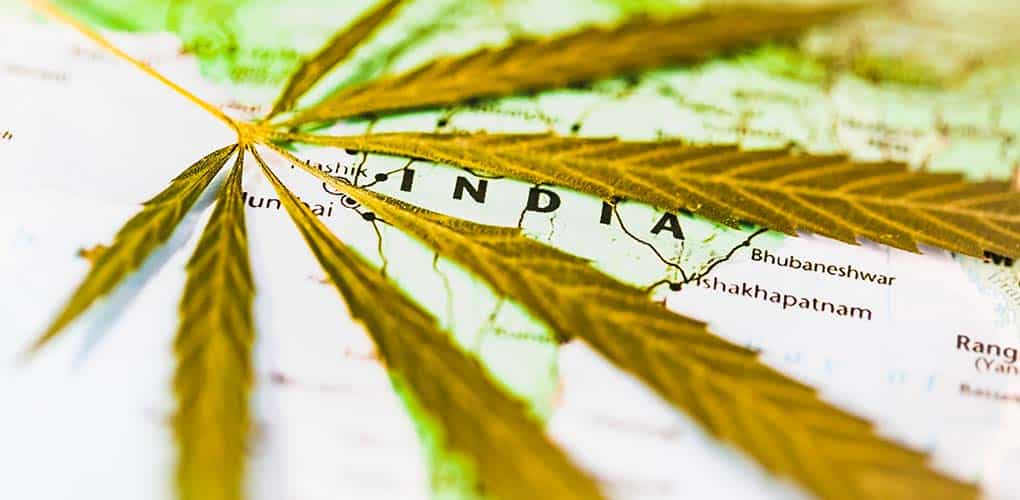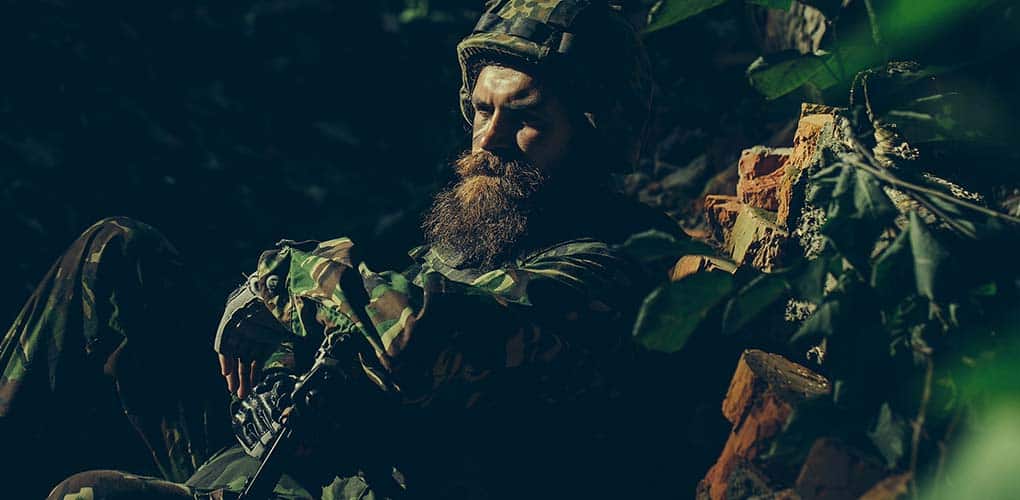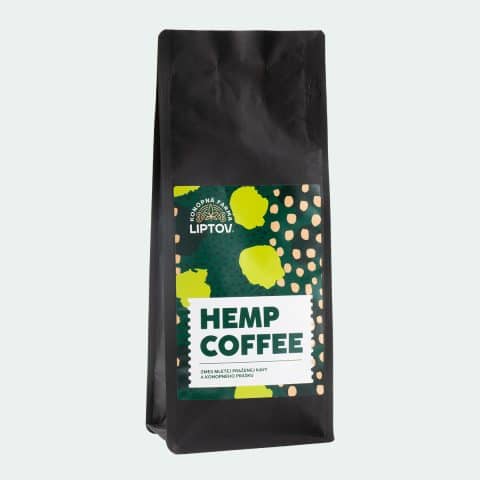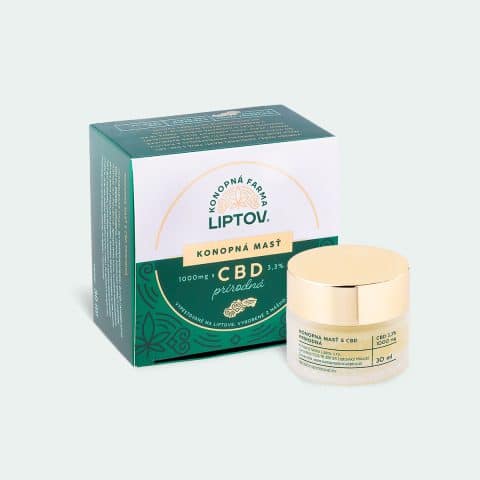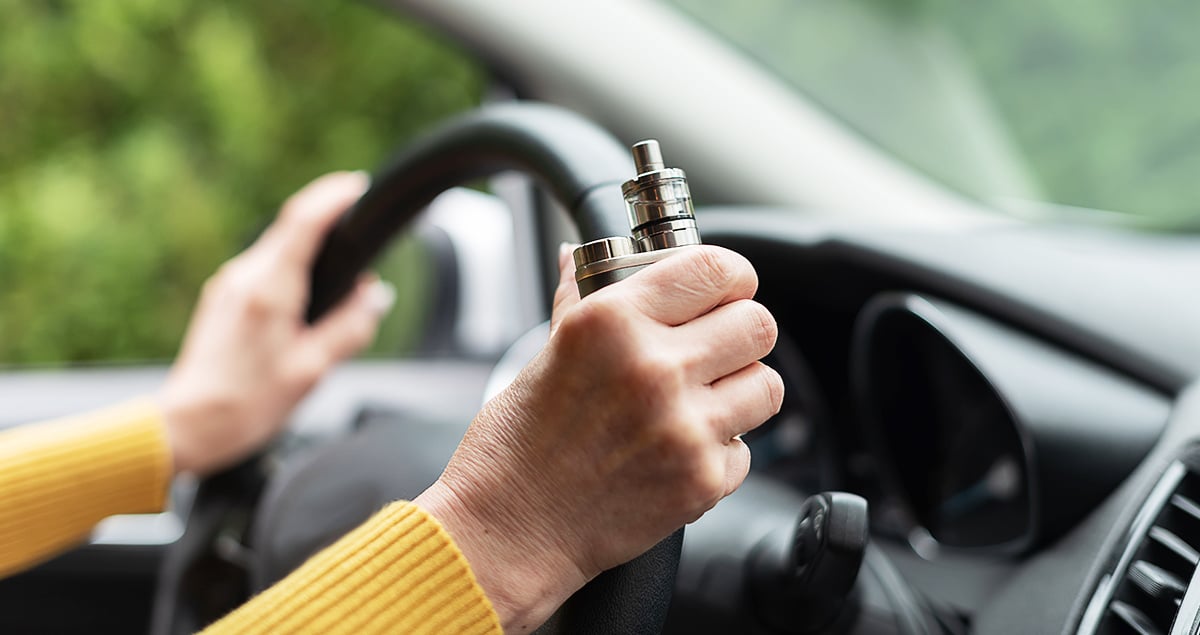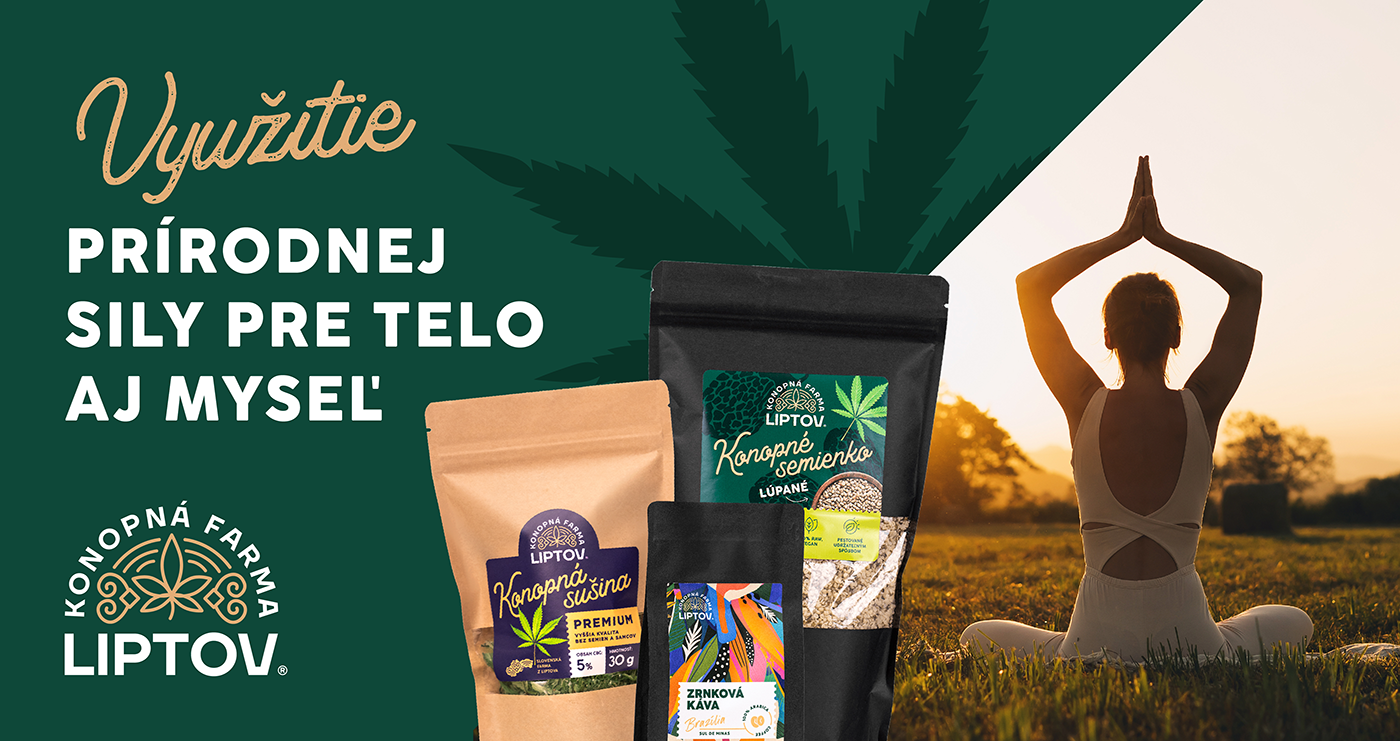The history of cannabis in the USA (Part 2) – what the first studies said
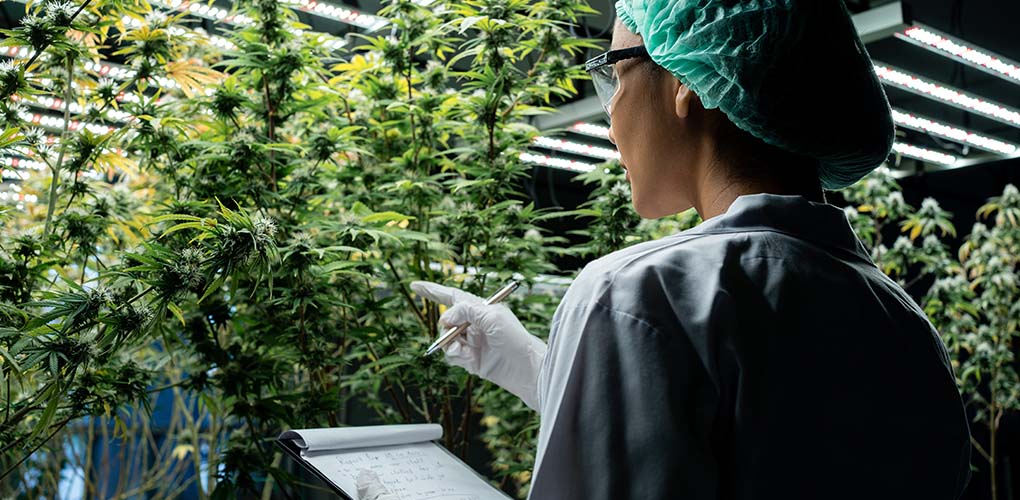
In the first part of this article on the history of cannabis in the US, we summarised how marijuana became illegal in America and who was behind it all. At the time the Marijuana Tax Act was coming into force, two major studies were published examining the effects of marijuana on its users. Although these studies were not used in the implementation of the new taxes, this article will take a closer look at what their conclusions were.
1. Cannabis research in India
The Indian Hemp Drug Commission Report of 1894 (The Indian Hemp Drug Commission 1893-1894) was the longest and most detailed research on cannabis at the time. The Commission was asked to investigate the cultivation of hemp in Bengal, the preparation and trade in hemp drugs, the effect of their consumption on the social and moral condition of the people, the connection with states of insanity, and whether it was necessary to prohibit the cultivation and sale of hemp in general. The Commission studied cannabis for one year, when it circulated a detailed questionnaire. In the end, the survey included the testimonies of 1,193 people.
The most common types of cannabis consumption in India
The Commission has included three of India’s most famous “cannabis drugs” in its report:
Bhang
Bhang is an Indian drink made from infused hemp leaves mixed with spices. It was part of Hindu religious ceremonies or served as a chilled drink. It was very common, widely accepted and very versatile. However, its regular or excessive use was rare and therefore not much further attention was paid to it by the Commission.
Charas
Charas is a resin extracted from cannabis flowers that is also smoked. The compound was less available and more expensive and thus less used.
Ganja
Ganja – also known as today’s “marijuana”, consisted of the flowering tops of the cannabis plant and was smoked in a chillum or pipe. Its use by lower caste groups was tolerated though not so much frowned upon. It was taken as a distraction by the higher caste people. Excessive use was widespread among fakirs or vagabonds who begged for food. The Commission estimated that less than 1% of adult males use ganja and less than 20% of them use it excessively.
Ganja and madness
The Commission focused on research on ganja, its effects and its relation to the state of madness. In today’s terms, this would be psychosis, severe depression, mania, epilepsy or mental disability. The Commission thoroughly investigated all the cases of insanity available at the time, scrutinising the family history of the patients and all the circumstances that might have influenced the insanity.
However, no such cases were reported in the study, leading the committee to conclude that moderate use of ganja (marijuana) does not cause insanity or other problems previously described and, moreover, has no effects on a person’s physical health. They stressed that excessive use is rare and uncommon, but can alter a person’s eating habits and thus indirectly cause other problems. They also confirmed that excessive use of cannabis is just as damaging to mental health as excessive drinking of alcohol, but that these people are much less likely to show signs of aggression, which is not the case with alcohol users. It has been confirmed that ganja use is not a major cause of crime and violence.
Recommendations of the Commission
Thus, the Commission recommended that marijuana should only be regulated or that taxes should be imposed on it. Its total prohibition would have caused political controversy in India, as bhang was associated with religious ceremonies and ganja was used in medicine. Its prohibition was also illogical on the grounds that cannabis grew freely in the wild and so could create an illegal market. The report also stated that once it was banned, its abusers could reach for much more dangerous substances such as alcohol, opium or durman. The Indian government was advised not to ban ganja or charas, but instead to license cannabis growers, processors and retailers to tax all cannabis drugs at a high enough rate to minimise its abuse, illegal production and sale.
What do today’s studies say?
In general, cannabis studies today agree with the 1894 report and claim that excessive cannabis use cannot cause psychosis. But according to historian James Mills, the report’s conclusions should be viewed with a healthy dose of skepticism. All 4 members of the British commission were paid by the Indian government, two were tax collectors and one was a doctor. More than half of their witnesses who gave evidence and statements were also employed by the Indian government. In addition to the fact that the taxation of cannabis brought in large revenues to the Indian government, from which they themselves were paid, the commission was also intimidated and should have carefully considered a ban on cannabis, which could have led to serious popular discontent and sounded like an interference with long-established social customs. Mills noted that the biggest contrast was the commission’s measure of trust in doctors. The commission claimed that doctors could not be trusted because they had no personal experience of treating the insanity associated with ganja use, but on the other hand, they were trusted in their claims that ganja had all-round medical effects on a variety of illnesses.
Similar arguments have been used today in Canada or Uruguay when they wanted to introduce taxes and regulation on the recreational use of cannabis.
2. Marijuana smoking research on soldiers in Panama
In June 1931, they studied the effect of marijuana smoking on military personnel in order to provide a scientific basis for the formulation of regulations prohibiting the cultivation, possession, or sale of marijuana in the Panama Canal Zone. In the study (Marijuana smoking in panama 1930), 34 soldiers known to have used marijuana were observed. They were then restricted and observed by a psychiatrist throughout their hospitalization.
Smiling and hungry
When soldiers were asked what effects they felt after smoking, they most often described increased appetite, drowsiness, and also a feeling of happiness and contentment. Only five of the soldiers said they missed marijuana after withdrawal, most of them preferred tobacco and used marijuana off duty for fun.
Studies have confirmed that abruptly stopping marijuana use does not cause withdrawal symptoms in users. The soldiers laughed for no great reason, were sleepy and hungry after using marijuana, showed no tendencies toward aggression or destructiveness, and experienced no changes in blood pressure, but their heart rates increased. These manifestations occurred approximately one to two hours after smoking and lasted approximately half an hour to an hour.
The study concluded that marijuana smoking by soldiers in Panama is negligible and did not classify it as an addictive substance. Although no psychological or physical problems associated with smoking marijuana could be demonstrated, experts recommended against using it, as well as other stimulants, regularly in large quantities. Because military regulations already prohibited the importation, sale, possession, or use of marijuana on military reservations, the study recommended that this regulation be retained because it was thought to curb excessive marijuana use among soldiers.
Research today
Although we now have many more studies on cannabis, marijuana, CBD and other cannabinoids from different parts of the world, the downside is that, despite advancing research funding, most of the funding is going to investigate the negative effects of cannabis. However, the truth is that the current laws on the legality of cannabis and marijuana in America do not facilitate cannabis research; on the contrary, the only legal cannabis producer for research in the US is the University of Michigan. And so we can only hope that the science will only advance in this regard.
Sources:
- First study: Hall, W. (2019) The Indian Hemp Drugs Commission 1893-1894. Addiction (Abingdon, England). [Online] 114 (9), 1679-1682.
https://onlinelibrary.wiley.com/doi/epdf/10.1111/add.14640?saml_referrer - Second study: Colonel, J. F. et al. (1933). Marijuana Smoking In Panama The Military Surgeon Volume 73, (1933). Online:
https://www.druglibrary.org/schaffer/library/studies/panama/panama1.htm
Hemp products:
-
Hemp Arabica coffee8,03 €
9,50 € -
Hemp CBD ointment 1000 mg lavender25,35 €
30,00 € -
Hemp CBD ointment 1000 mg pure25,35 €
30,00 €
